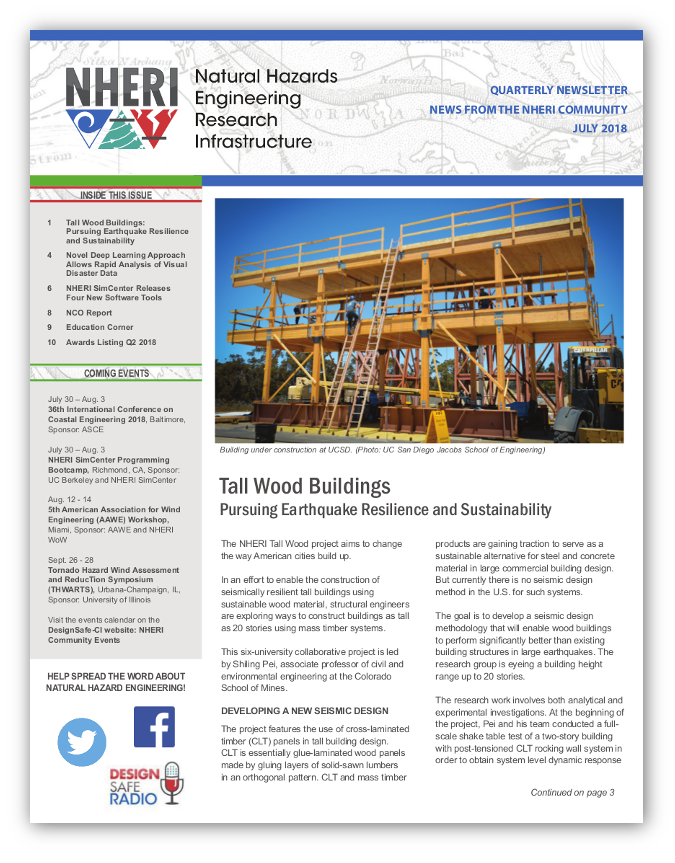NHERI SimCenter Releases Four New Software Tools
Applications for Educators and Researchers in the Natural Hazards Community
Published on July 30, 2018
The goal of the NHERI SimCenter is to provide the natural hazards engineering research and education community with access to next-generation computational modeling and simulation software tools, user support, and educational materials needed to advance the nations capability to simulate the impact of natural hazards on structures, lifelines, and communities.
As a natural hazards tool developer, the SimCenter enables leaders to make informed decisions about the need for, and effectiveness of, potential mitigation strategies.
The NHERI SimCenter has just released three research tools and its third educational tool that support natural hazards engineering. Details of the tools and apps are below.
Learning Tools
The educational tools target undergraduate and graduate students, providing these students with the opportunity to investigate the impact of various modeling parameters and assumptions about system behavior and natural hazard demand on the behavior of the engineered system. A teacher in a high school engineering course could also use the tools to introduce these concepts about modeling, system behavior, and hazard demand to their students
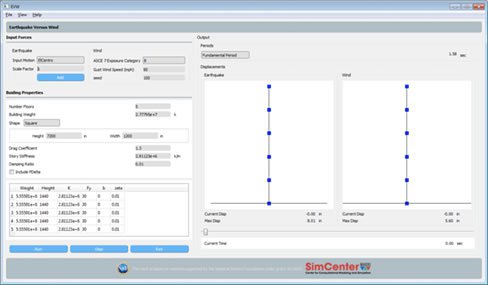
Download the Earthquake Versus Wind application app and user manual from the SimCenter website.
Earthquake Versus Wind Application
EVW The Earthquake Versus Wind application allows the user to compare the responses of buildings subjected to earthquake and wind loading. The user models the building including floor weights, story properties, and geometry to observe structural dynamics in a side-by-side loading comparison. Earthquakes are selected from a series of predefined ground-motion acceleration records or user-provided motions. Wind forces are determined at floor levels using a stochastic process that takes into account gust speed, exposure category, drag coefficient, and building height and width. Building dynamic properties, base shear, and moment diagrams are produced along with the visual time-history response in the graphical user interface
Research Tools
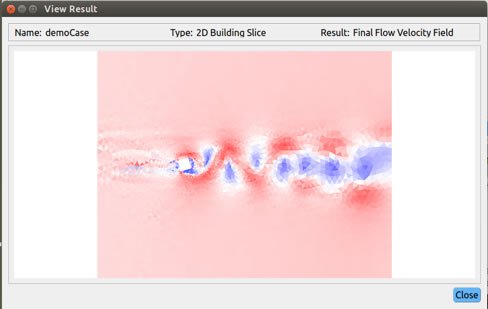
Download the Computational Wind Engineering Uncertainty Quantification tool app and user manual from the SimCenter website.
Computational Wind Engineering Uncertainty Quantification Tool
CWE-UQ The Computational Wind Engineering Uncertainty Quantification tool is computational fluid dynamics (CFD) analysis software based on OpenFOAM for analyzing the effect of wind on rigid body structures and attendant response.
It interfaces with HPC resources at DesignSafe-CI to perform the CFD calculations and alleviate computational overhead from the users local machine. The ability to include user-defined inflow conditions and future releases that account for uncertainty quantification are intended to support and enhance CWE research.
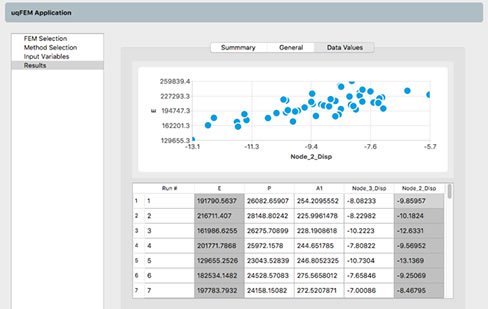
Download the Uncertainty Quantification Finite Element application, user manual, and see the video tutorial from the SimCenter website.
Uncertainty Quantification Finite Element Application
uqFEM The Uncertainty Quantification Finite Element application advances the use of uncertainty quantification in the field of natural hazards engineering by combining existing finite element (FE) applications with uncertainty quantification (UQ) applications behind a simple user interface.
Using this app, an engineer can apply UQ methods to a new or existing FE model by identifying and flagging the random variables of interest. To overcome the issue of computational overhead, which typically precludes these types of probabilistic analyses from being performed, the user has the option of specifying that the simulations take place on HPC resources, such as the TACC Stampede supercomputer available through DesignSafe-CI, instead of executing them on their local machine.
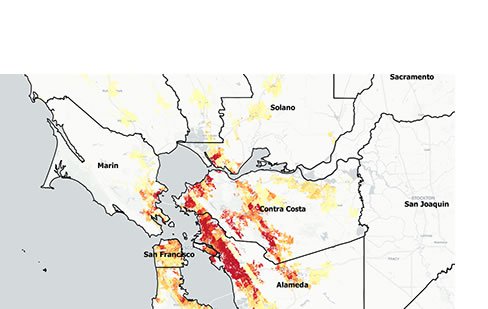
Download the Regional Earthquake Workflow source code and documentaiton from the SimCenter website.
Regional Earthquake Workflow and Testbed
The Regional Earthquake Workflow is the first demonstration of the SimCenters Application Framework that supports natural hazards engineering research. The extensible framework is next-generation software aimed at advancing regional-scale simulations.
The applications framework includes specifications for building information models, hazard events, loss calculations, and the APIs that interface between other applications that perform simulations. While the workflow is designed for HPC, a local version supports development and testing.
The Regional Earthquake Workflow application is used to study the effects of earthquakes on society at the regional scale.
One demonstration of the Workflow is the SimCenters Earthquake Testbed, which evaluates a M7.0 earthquakes impact on the San Francisco Bay Area. Accounting for the regions 1.8 million buildings, damage and loss for the region are calculated from fragilities and software provided through the user community.
Although the testbed is comparable to similar regional hazard scenarios, this one is intended to inspire the user communitys adaptation and expansion of the workflow into their research.
To learn more about the testbed, expanding workflow capabilities, or extending to other hazards, please contact NHERI-SimCenter@berkeley.edu.






